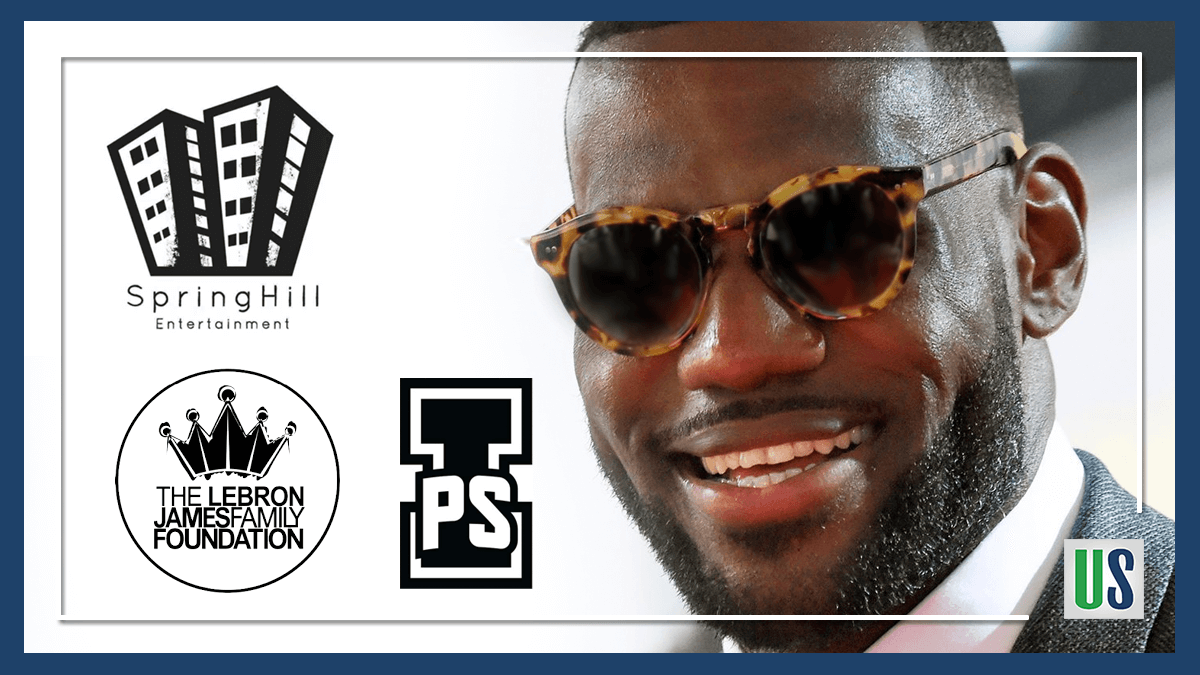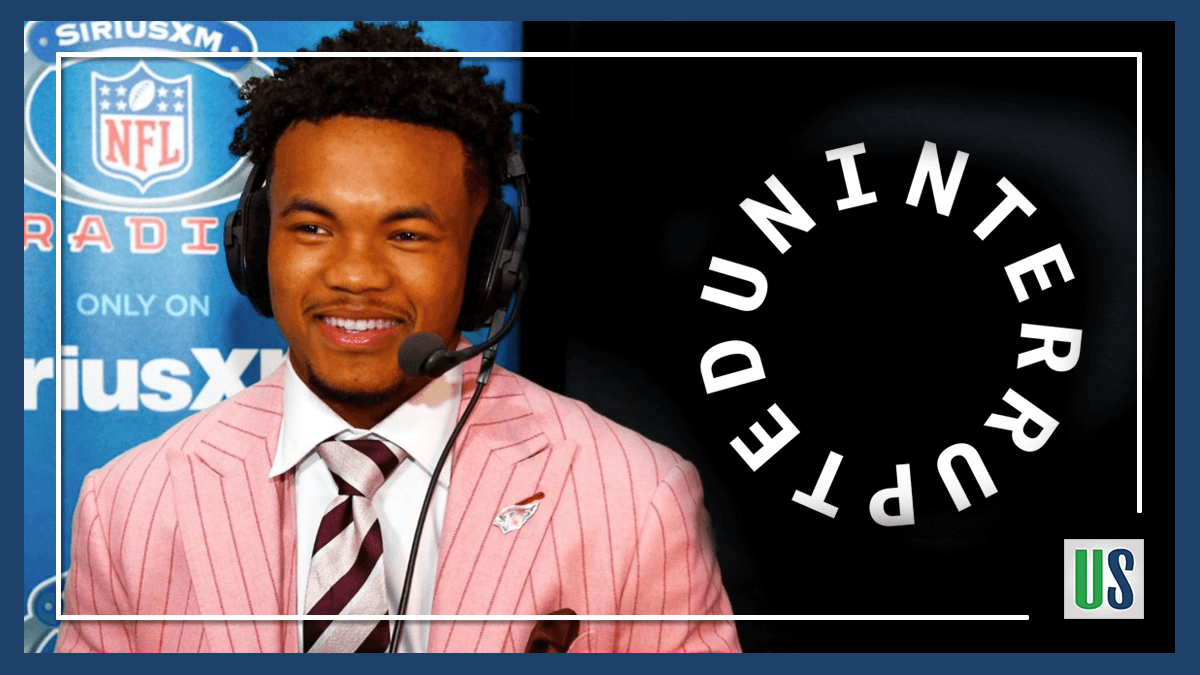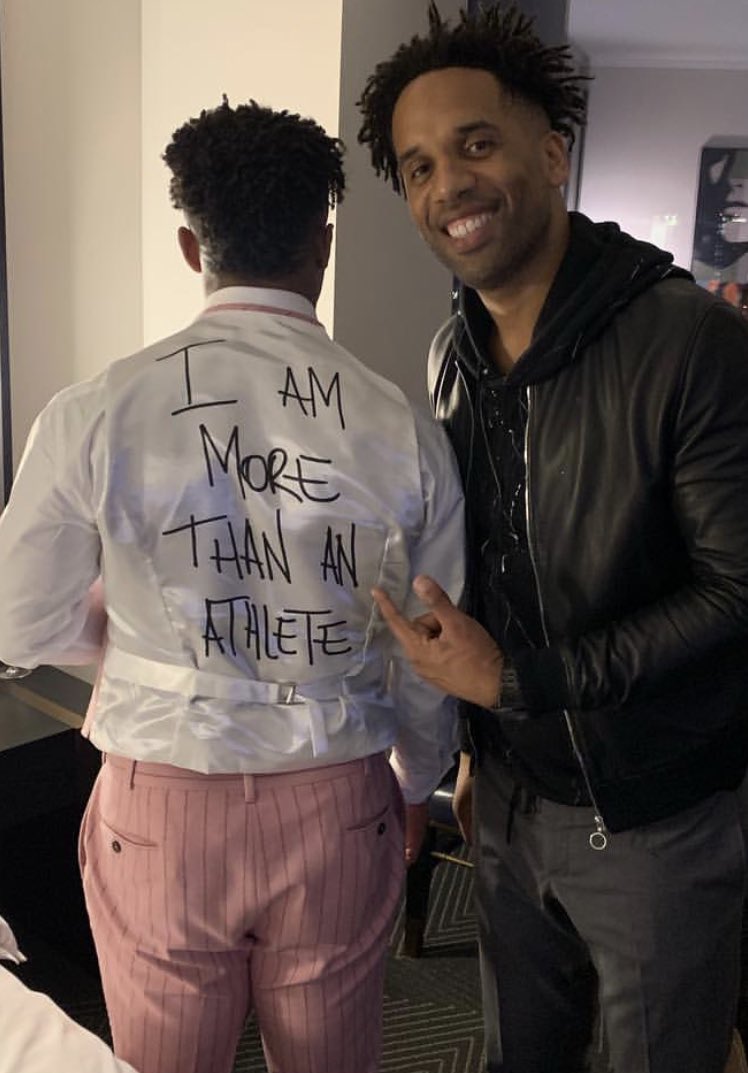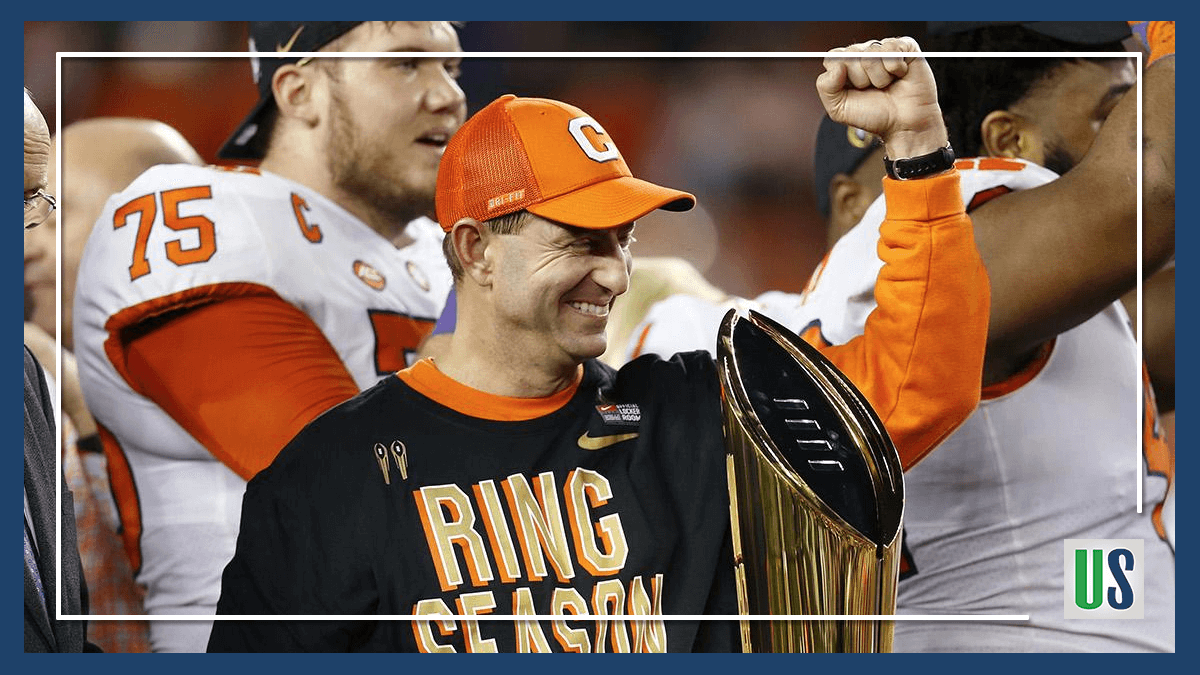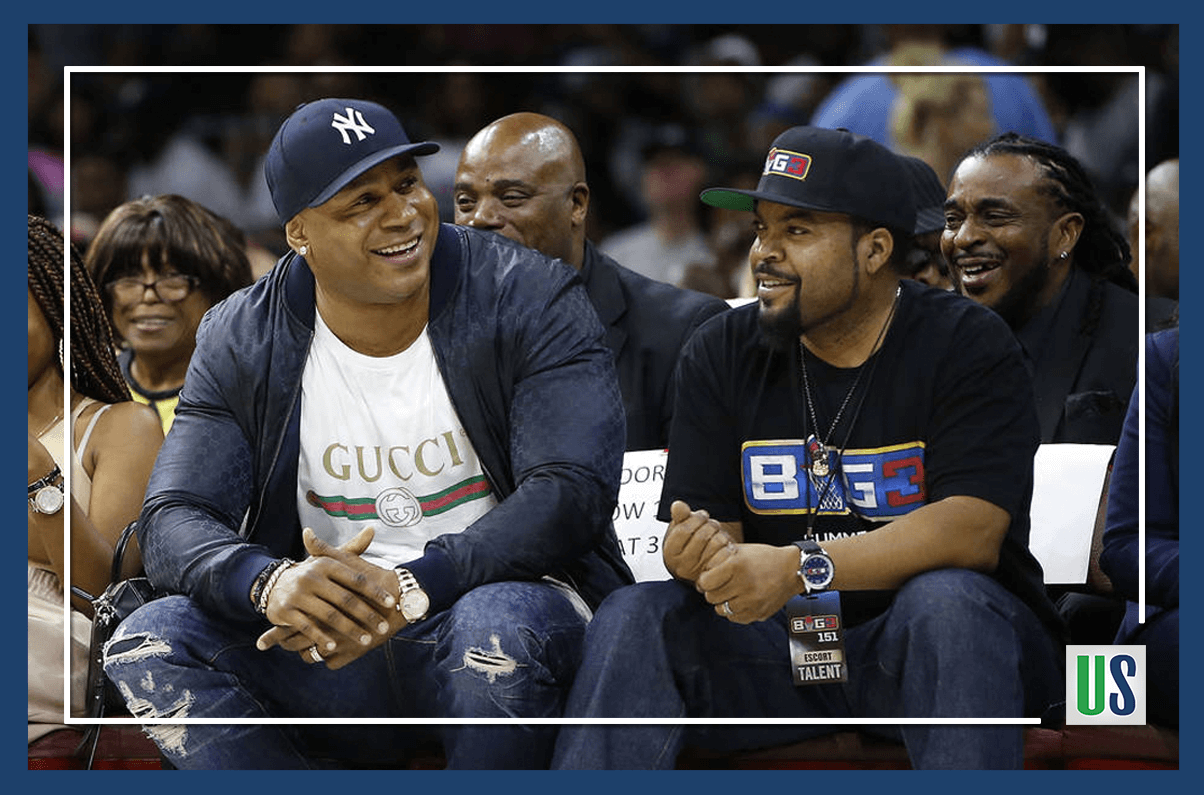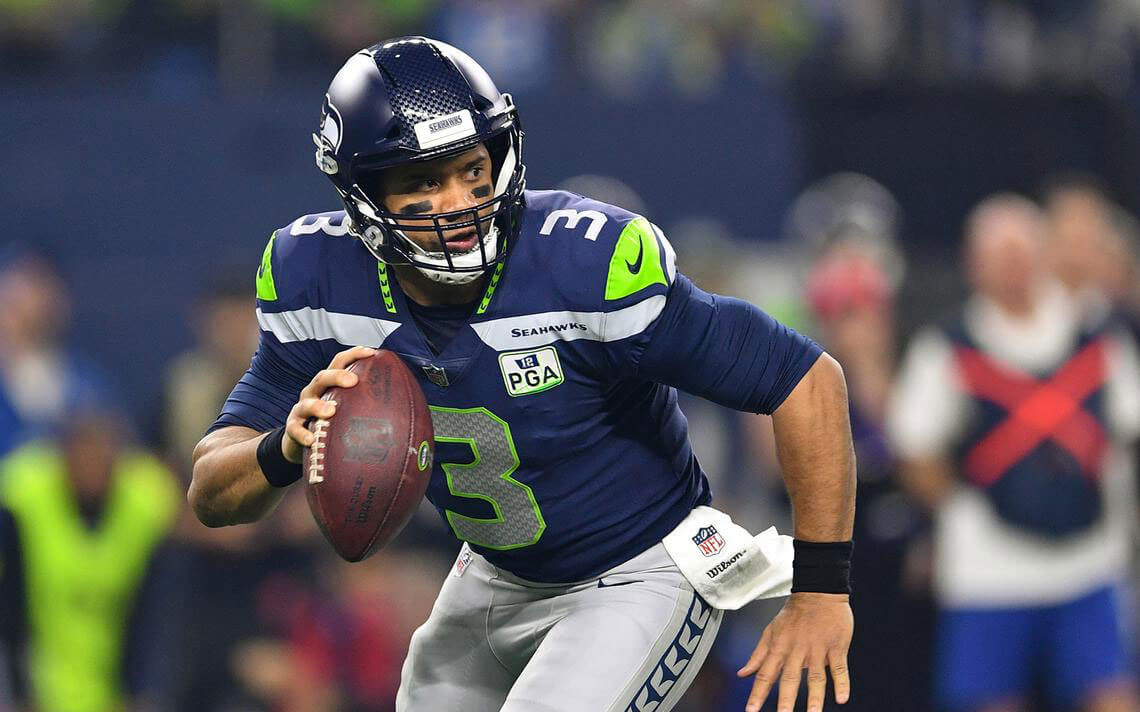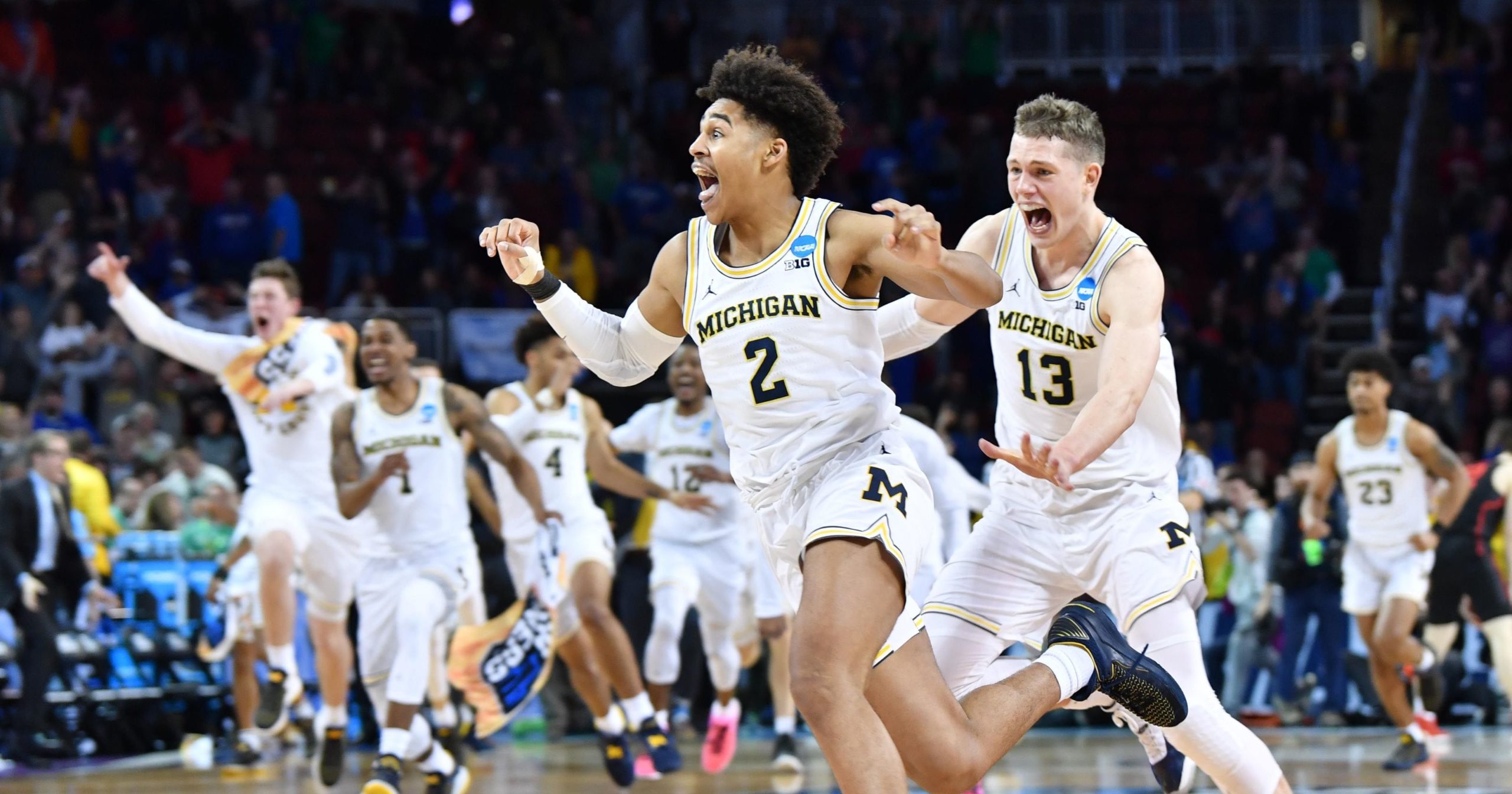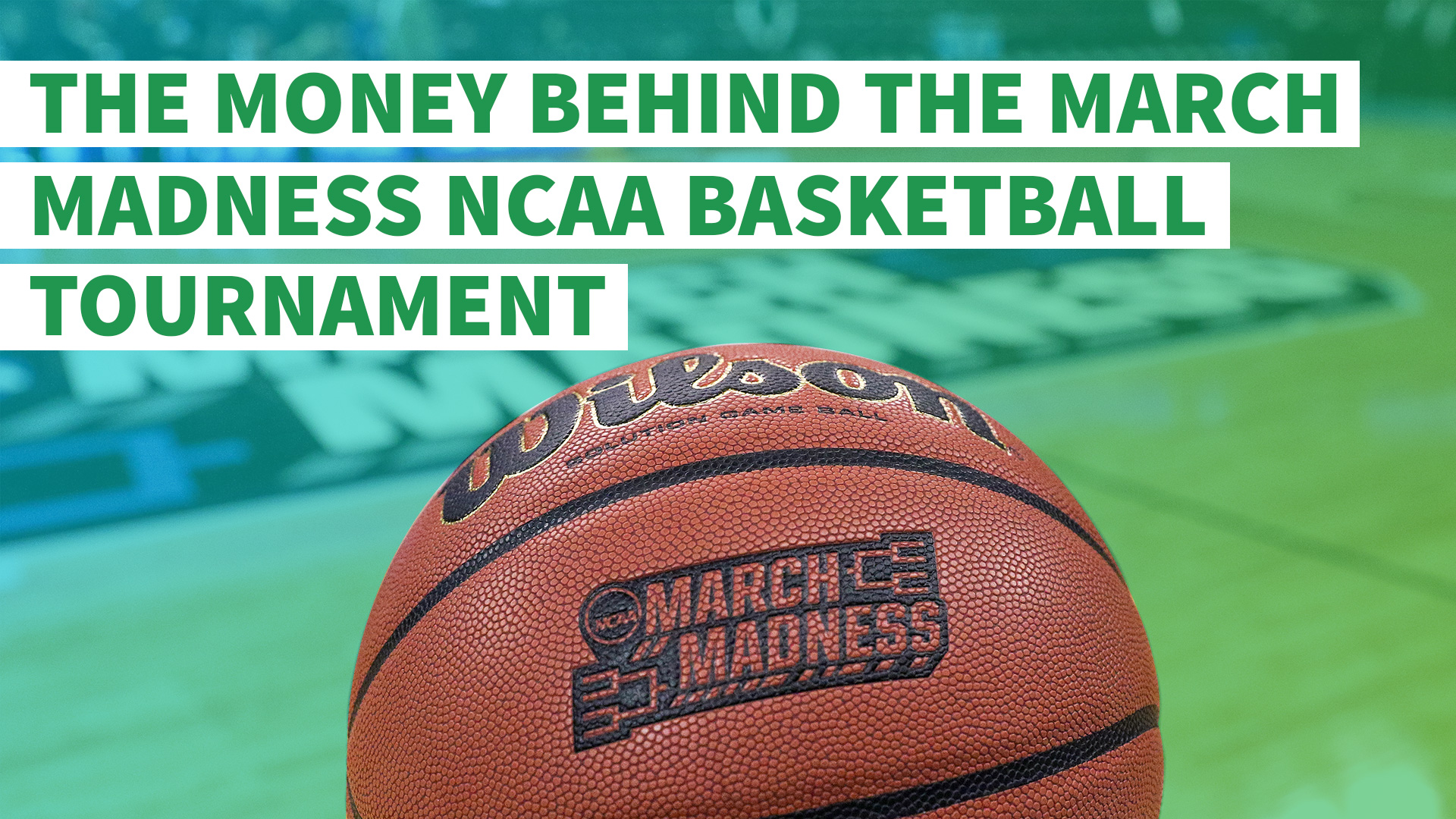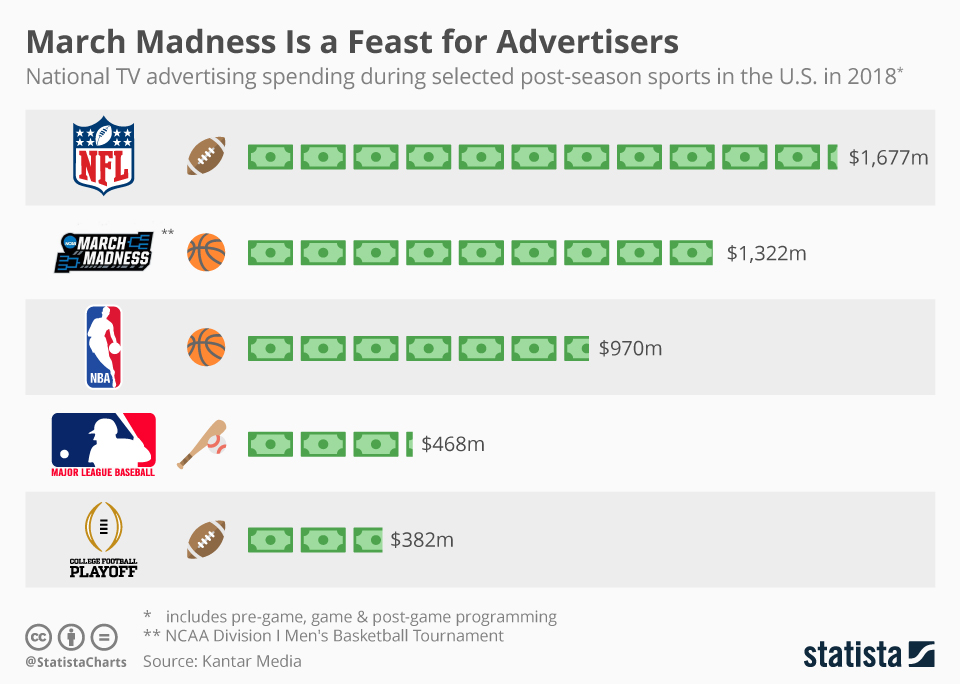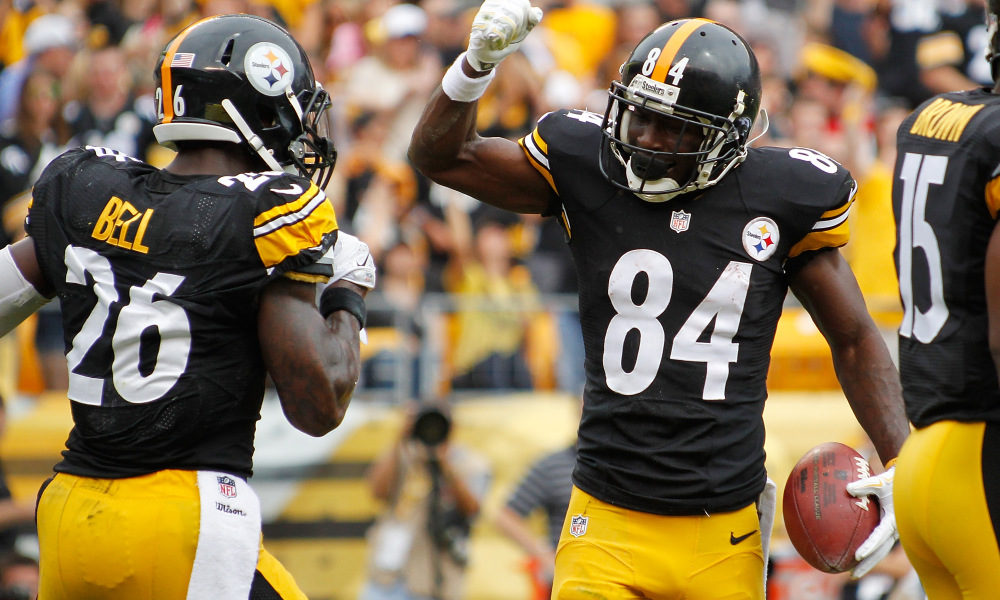For the first time since 2005, NBA fans are witnessing an NBA post-season without LeBron James. James started a new NBA chapter with the Los Angeles Lakers last summer. Lakers fans hoped that Lebron James would fill the void left by Kobe Bryant and lift the franchise to its rightful place as an NBA powerhouse. Unfortunately, that has not happened yet. In want many have characterized as a failed season, King James has managed to remain on top with his endeavors off the court. James has always held that he was about more than basketball. He is living up to that showing the world that he is “More Than an Athlete.” James and his business partner Maverick Carter made the Hollywood Reporter’s 50 Agents of Change Empowering Diverse Voices in Hollywood list. LeBron James is winning on so many levels.
The Hollywood Reporter praised James and Carter for their work on the Shut-Up and Dribble three-part docu-series that earned an NAACP Image Award nomination. The Hollywood Reporter also acknowledged James and Carter’s SpringHill Entertainment company for partnering with Octavia Spencer to produce a series about Madame C.J. Walker. With moves like these, King James has managed to remain one of the most talked about NBA players during the post-season despite not making the playoffs. This is due to the fact that King James keeps landing major wins off the court!
First Win- LeBron James’ I Promise School Exceeded Expectations
Last summer, LeBron James opened the I Promise School in his hometown of Akron, Ohio. James opened the school to help at-risk children overcome many of the same obstacles he faced at their age. Last month, it was reported that the school is off to a great start. The students have outpaced seventy percent of other students districtwide and have scored in the 99th growth percentile of the evaluation association’s school norms.
King James has much to be proud of. He deserves to be in headlines for this accomplishment. James even earned accolades from former President Obama.
King James is truly “More Than an Athlete” as he continues to demonstrate that he is about more than just basketball.
Second Win – James’ Investment in Liverpool FC is Paying Dividends
In 2011, James made a $6.5 million investment in Liverpool FC earning him a two percent stake in the club. As the club’s value has contiued to grow so has the value of James’ stake. In 2018, James’ investment was valued at apporximatley $32 million. It was recenty reported that James’ stake as grown to apporixmatley $35 million currently. Wow, what a win while sitting out this NBA post-season!
Third Win – James’ Hit HBO Series “The Shop” is the Platform Black Excellence Has Always Needed
Last summer, LeBron James and Maverick Carter debuted the HBO Series “The Shop.” The Shop is totally ingenious. The show highlights the role of barbershops and beauty salons in black culture. Barbershops and beauty salons are more than a place where African-Americans go to get a cut or a style. They are where African- Americans have traditionally come together to discuss sports, politics, or to simply hang out and play cards or chess. In Ice Cube’s 2002 film “The Barbershop,” Cedric the Entertainer’s character, Eddie, likened the barbershop to a country club for black people.
On The Shop, various athletes, musicians, actors, comedians, and others in the entertainment industry gather in a barbershop. Some get a cut while others sit and engage in stimulating conversation. The show is the perfect forum for black excellence to address political and social issues and to tell their side of stories free from unfounded criticisms.
In the latest episode, Seth Rogen, Pharrell Williams, Lonzo Ball, Don Cheadle, and a few others gathered at the shop. James shared his thoughts on Magic Johnson’s departure from the Lakers. Lonzo Ball discussed his lawsuit against family friend and co-founder of Big Baller Brand, Alan Foster. Foster alledgely stole $1.5 million from Ball. James and Ball were both able to tell their stories free from mainstream media criticism. They were able to give their thoughts and points of view without any spin being put on it. “The Shop” is a major win for sports, entertainment, and black culture.
King James has a lot to Smile About Despite not Making it to the Playoffs
LeBron James is definitely winning off the court. James is experiencing much success with the I Promise School and his ventures in Hollywood. It is no wonder that James is still one of the most talked about NBA players despite not making it to the playoffs.

